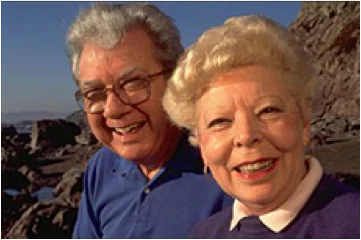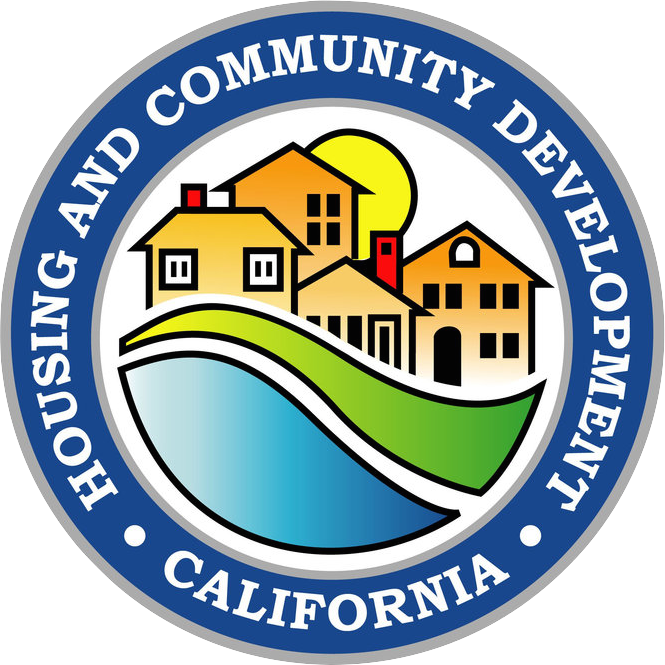Seniors
It is critical that individuals have access to housing that suits their needs during each stage of their lives. As people age, they often find themselves facing new or additional housing challenges. Senior households often have special housing needs related to physical disabilities/limitations, fixed incomes, and healthcare costs.

Special needs are those associated with specific demographic or occupational groups that call for specific program responses, such as preservation of single-room occupancy hotels or the development of units with larger bedroom counts. The statute specifically requires analysis of the special housing needs of people who are elderly or disabled (including developmental disabilities), female-headed households, large families, farmworkers, and people experiencing homelessness. These special-needs groups often spend a disproportionate amount of their income to secure safe and decent housing and are sometimes subject to discrimination based on their specific needs or circumstances.
In addition to the groups listed above, the analysis of special needs should also include any other group the locality deems appropriate such as student populations, Native American tribes, people with HIV/AIDS, etc.
Government Code
Government Code Section 65583(a)(7)) requires “An analysis of any special housing needs, such as those of the elderly, persons with disabilities, including a developmental disability, as defined in Section 4512 of the Welfare and Institutions Code; large families, farmworkers, families with female heads of households, and families and persons in need of emergency shelter…”
Requisite Analysis
A thorough analysis will assist a locality in identifying groups that have the most-serious housing needs in order to develop and prioritize responsive programs. The analysis of each special-needs group should include the following:
- A quantification of the total number of persons and households in the special housing needs group, including tenure (rental or ownership), where possible.
- A quantification and qualitative description of the need (including a description of the potential housing problems faced by the special needs groups), a description of any existing resources or programs, and an assessment of unmet needs.
- Identification of potential program or policy options and resources to address the need.
In addition to the requisite analysis above, a thorough analysis of the special housing needs for the elderly should include:
- The number of elderly households by tenure.
- The number of seniors living at (or under) the poverty level.
- A listing of available resources and services addressing senior housing needs in the jurisdiction. Such services or resources could include local senior citizen centers; existing senior housing complexes and retirement communities’ food banks/second-harvest programs; volunteer operators of local meals-on-wheels programs; hospital geriatric departments; and skilled nursing facilities, residential care, and licensed assisted-living facilities.
- Identification of potential housing challenges faced by the elderly and assessment of unmet needs. For example, if the analysis indicates a high percentage of lower-income elderly homeowners live in substandard housing, the jurisdiction should consider including a rehabilitation program targeted to seniors. In addition, a substantial portion of affordable rental housing developments statewide are at-risk of conversion to market-rate. This situation threatens thousands of low-income elderly households and families, exacerbating local housing needs.
Sample Tables
The following sample tables can help in organizing critical information. The information provided in the tables should be tailored to the jurisdiction and be followed by appropriate analysis as detailed above. (Note: Sample tables are not intended to substitute for addressing the analytical requirements of housing-element law.)
| Householders by Tenure and Age | |||
|---|---|---|---|
| Householder Age | Owners | Renters | Total |
| 65-74 years | |||
| 75+ years | |||
| TOTAL | |||
Source: U.S. Census Bureau
| Elderly Households by Income and Tenure | ||
|---|---|---|
| Income Level | Elderly Owner Households | Elderly Renter Households |
| Below 50% area median income | ||
| 51% to 80% area median income | ||
| 81% to 120% area median income | ||
| Above 120% area median income | ||
| TOTAL | ||
Source: HUD Comprehensive Housing Affordability Strategy (CHAS) data download tool

